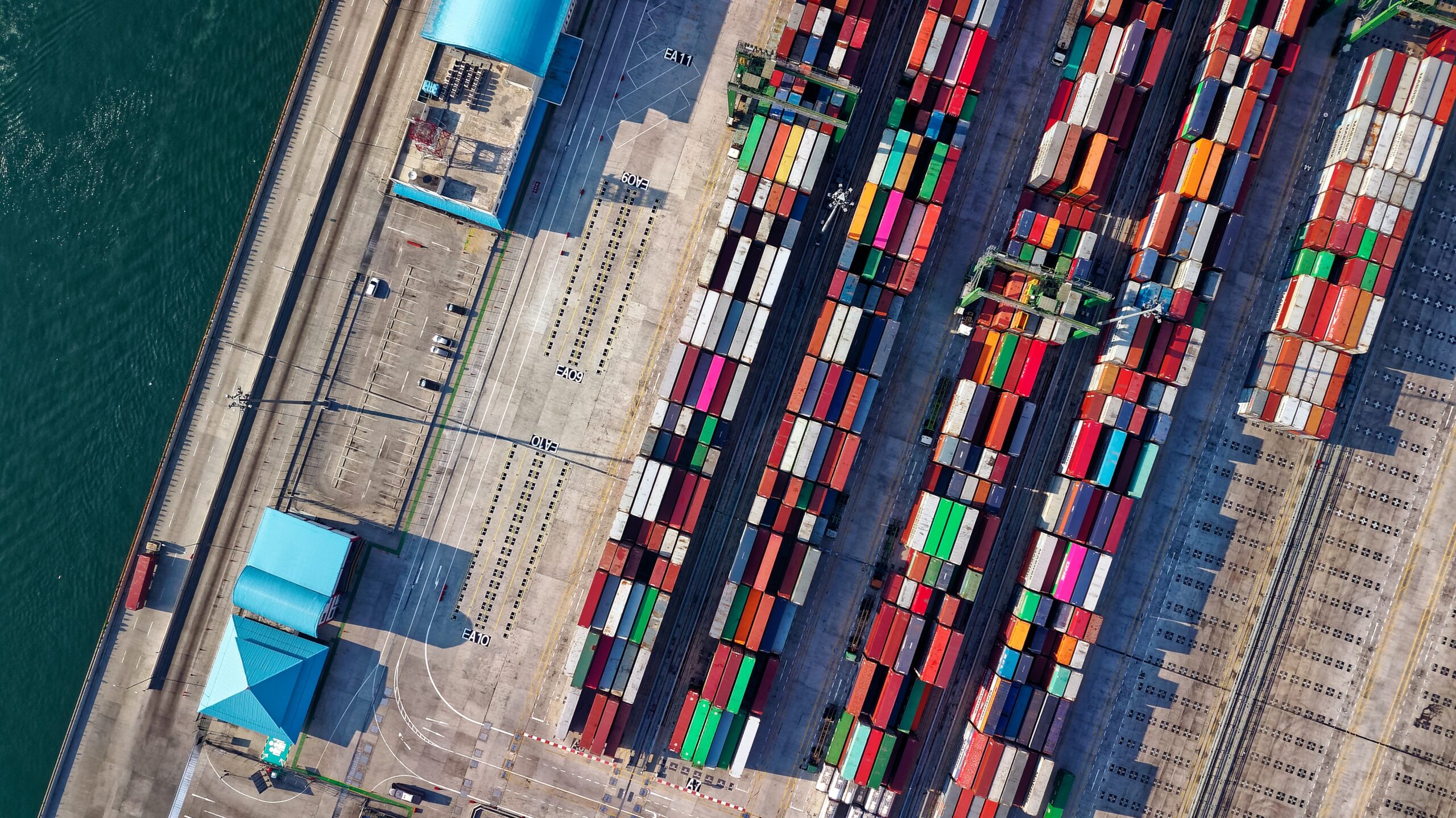
Ariba
The need for digitalization in the 21st century has been alarmingly high. No matter how big or small the business is, digitalization is the key to survival.
Today’s business can’t rely just on flexibility; they also need sustainability, which is the base of SAP’s intelligent enterprise strategy. SAP not only provides business efficiencies but also delivers a sustainable future for individuals and businesses alike. We’re all connected in one way or another. For example, an order for a company is a purchase for another. To achieve sustainability, it is essential to embed sustainable practices across the entire system, end-to-end, touching all the dimensions of environmental, social, and governance criteria.
Organizations that offer visibility, collaboration, and intelligence across their supply chain have a greater chance to reach sustainability. Co-operation across companies is essential for designing, manufacturing, delivering, and maintaining products to minimize carbon footprints, decrease waste, and help ensure social equity.
Why should we do it?
SAP Ariba’s Business Network enables the transparency needed to make decisions based on certain parameters. Shifting to a new platform has never been easier. With SAP’s Business Network, organizations can discover new ways to upgrade their providers across all geographies. Procurement teams can assess the sustainability profile of supply partners. The material traceability functions within SAP’s Business Network creates a whole new world of transparency for logistics processes and performance.
The new approach and toolset enable next-level asset intelligence, which leads to savings. The solution predicts the cause beforehand and take measures accordingly. When a network is omnipresent throughout all the industries, organizations have the capability and flexibility to solve some of today’s toughest social, economic, and environmental issues as quickly and efficiently as possible.
For more details, read the full article from SAP: https://bit.ly/3sDXhiP